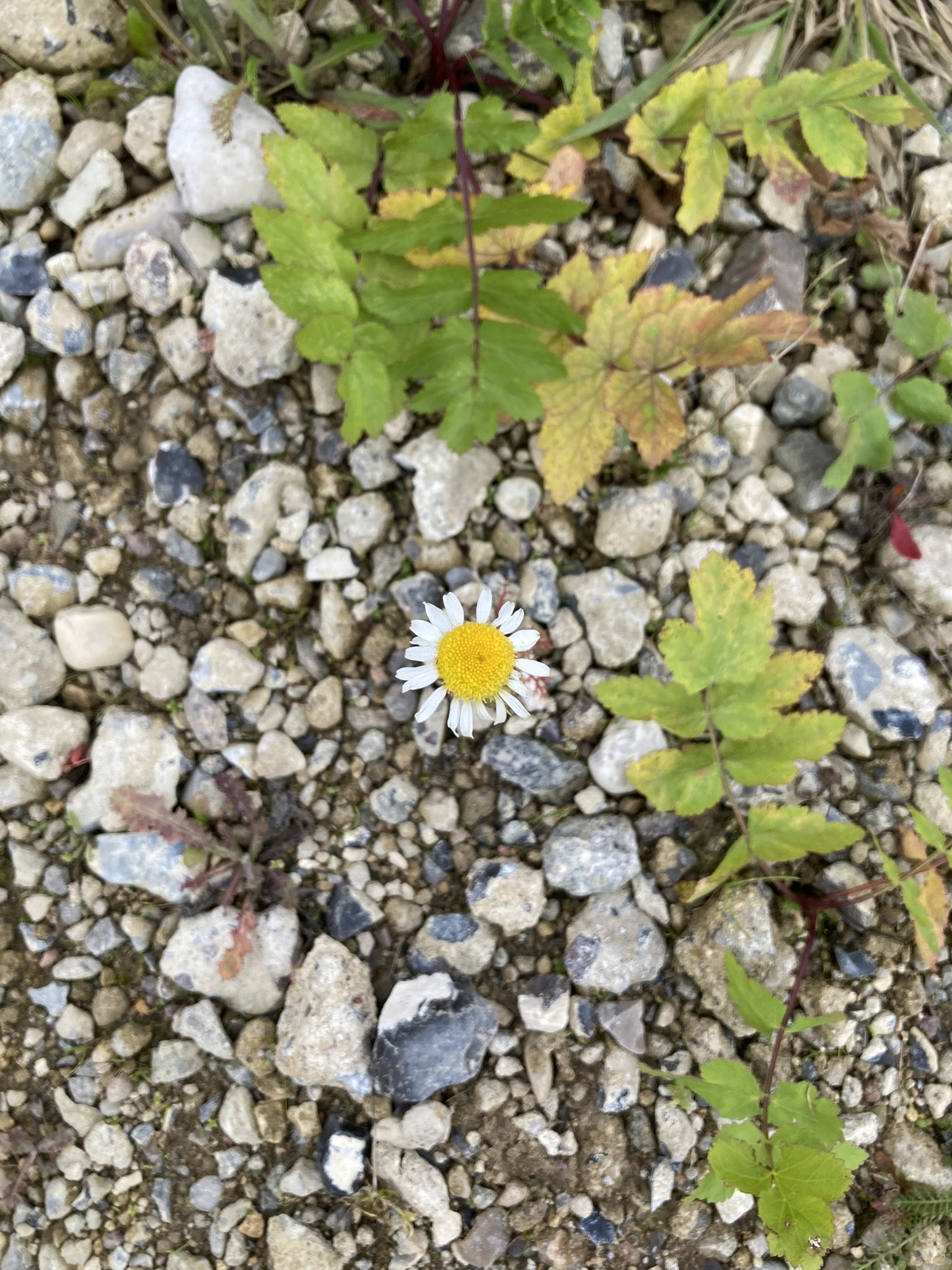Projects
UrbanBioScore 1.0
UrbanBioScore is a calculated score describing the biodiversity value of a habitat based on registered indicators for biodiversity in urban areas. The method ensures a consistent and reproducible collection of urban biodiversity data that can form the basis for action and evaluation. The method is designed to be simple to use and at the same time provide a sufficiently nuanced picture of biodiversity. The method is primarily aimed at professionals working with monitoring, management, planning and/or development of urban nature. Landowners, authorities, consultants, etc. can use the method to get an overview of the status of biodiversity and to document the extent to which a project fulfils biodiversity standards and objectives.
Collaborators
Year
Aarhus University, COWI, SLA, Rambøll, Sweco, Niras, Habitats, WSP, Council for Sustainable Construction, Natur 360, Lotte Nystrup, Circle, ContechLab.
2023-2025
Copenhagen Municipality
Screening of Biodiversity in Copenhagen Municipality
We conducted a mapping and screening of biodiversity within the entire Copenhagen Municipality through a detailed analysis using GIS. The analysis was based on the principle of UrbanBioScore assessment method and other national biodiversity survey schemes. Total green cover, habitats, protection status and diversity of red listed species were mapped and combined to give an overall indication of biodiversity hot spot areas and areas with potential for improving biodiversity.
Year
2024
By&Havn
Biodiversity baseline and strategic targets for By&Havn
We carried out a biodiversity screening for all areas owned by By&Havn, on land and at sea. The goal was to map existing biodiversity and to designate areas of potential, set goals and create action plans to be incorporated into the overall biodiversity strategy. Following this we did biodiversity baselines, using Bynatur.app as fieldwork registration method, in some areas of urban development. As many sites are to undergo a long-term transformation, we proposed a nature-ripening concept, where nature was established first, in places where buildings are not to occur.
Year
2024
DTU Campus Lyngby
Biodiversity advisor for project development and green space management
DTU Campus in Lyngby is enclosed by an extensive landscape established as a woodland surrounding the entire area and diverse lawns, courtyards and alleys crossing campus. I collaboration with the managers and landscape architects at Campus we have developed guidelines for a more nature based management that will support biodiversity as well as a proces for integrating biodiversity in development of new projects. This entails a biodiversity baseline for the project site as well as recommendations for integration of biodiversity in the new landscape, which is passed on to the project team.
Year
2024-2025
Pension Danmark
Biodiversity strategy and external biodiversity advisor for PensionDenmark
We have contributed to a biodiversity strategy for Pension Danmark, called “Investments for life”. The biodiversity strategy is based around a promise and a number of objectives with affiliated actions that span the entire value chain, from land purchases and project development to construction, maintenance and evaluation. Oiko is firthermore assisting PensionDanmark with the implementation of the strategi in real estate activities and yearly disclosure on the targets.
Link to the strategy here
Collaborators
Year
SLA and Aaen Engineering
2023-2025
Region Midtjylland
Participant in political forum for biodiversity in Region Midtjylland
With the goal of creating large, coherent strategies and action plans for biodiversity and nature initiatives in the Central Jutland Region, we have participated in a political forum for the region. The idea is to build networks and establish connections for nature and biodiversity across properties, landowners, and businesses, thereby creating more green connections throughout the Danish landscape.
Year
2024
Home.Earth
Biodiversity baselines using the new web-app Bynatur.app, at new developments for Home.Earth
We have carried out baseline registrations for biodiversity on areas of development for Home.Earth, before building projects have begun. In this process we have carried out a desktop analysis followed by fieldwork using the web-application Bynatur.app. Based on these results we proposed a list of recommendations to either protect existing qualities for biodiversity or create new ones in connection to nearby nature areas.
Year
2024
Rådet for Bæredygtig Byggeri
A DGNB manual for supporting local biodiversity in holiday houses.
We have helped create a manual, as a continued development of the DGNB certification of households, now expanded to include holiday houses. As Holiday houses are often located in more nature pristine areas, the biodiversity evaluations criteria should reflect this. Biodiversity is evaluated based on the existing nature qualities on the premises. To gain a positive biodiversity evaluation, the holiday house must support a variation of physical conditions, high variation in species composition and recourse availability for fauna.
Year
2024
Boligkontoret Danmark
A guidebook on how to support biodiversity in urban green areas in residential communities.
We helped develop a comprehensive guidebook aimed at promoting biodiversity in the areas surrounding our homes. The goal is to inspire residents, housing association boards and employees to work together in co-creating spaces that support biodiversity within residential communities. This guidebook provides practical suggestions and innovative ideas for transforming gardens and shared green spaces into thriving habitats, creating a nature-friendly environment for all.
Year
2024
BNG policy paper
A policy paper looking into the concept of Biodiversity Net Gain recently implemented in England.
We have created a policy paper, in collaboration with Planetary Responsibility Foundation, Green Finance Institute and Upstream Partners, presenting the preliminary experiences regarding Biodiversity Net Gain (BNG) from England. The BNG initiative seeks to make developers a contributing factor for halting biodiversity loss. The report covers themes as regulation, organization, financing, potentials and shortfalls, for implementing a BNG-inspired regulation in a Danish context.
Collaborators
Year
Planetary Responsibility Foundation, Green Finance Institute and Upstream Partners
2025


























